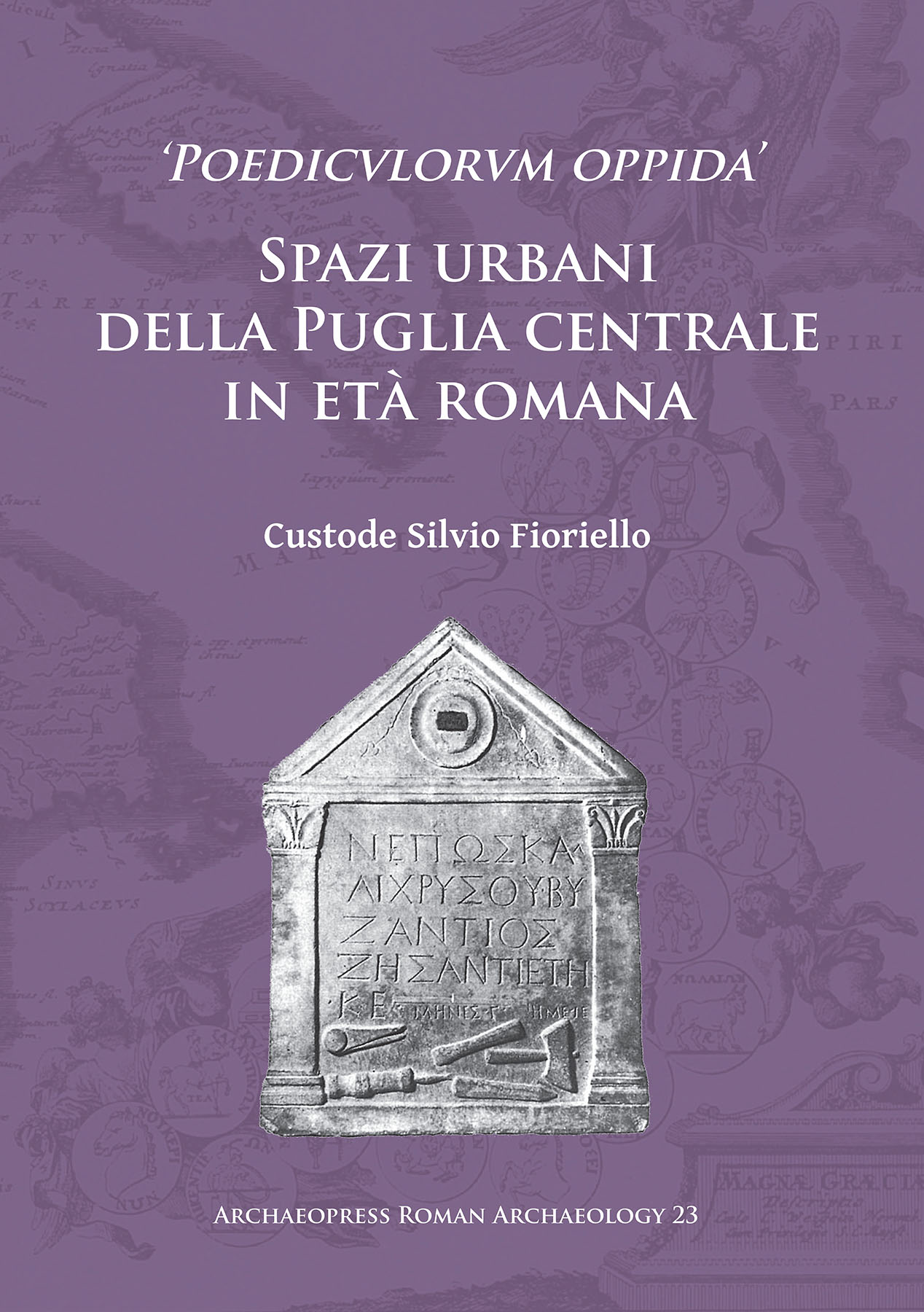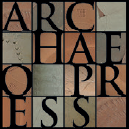
Publishing Scholarly Archaeology since 1997

Download Sample PDF
H 290 x W 205 mm
392 pages
250 figures, 33 tables, 26 plates (colour throughout)
Published May 2022
ISBN
Paperback: 9781803272054
Digital: 9781803272061
Keywords
Roman; Italy; Apulia; imperial estate; excavations; artefacts; Roman economy
Related titles





Archaeopress Roman Archaeology 88
The Making of a Roman Imperial Estate: Archaeology in the Vicus at Vagnari, Puglia
Edited by Maureen Carroll
Excavation reports and analysis of material remains from Vagnari, southeast Italy, facilitate a detailed phasing of a rural settlement, both in the late Republican period, when it was established on land leased from the Roman state, and later when it became the hub (vicus) of a vast agricultural estate owned by the emperor himself.
Contents
List of Figures ;
List of Tables ;
List of Plates ;
Preface and Acknowledgements – Maureen Carroll ;
CHAPTER 1: Introduction. Exploring the Imperial Estate at Vagnari, 2012–2019 – Maureen Carroll ;
CHAPTER 2: The Topographical Context of Vagnari in the Roman Period: A Brief History of the Study Area – Alastair Small [Open Access: Download] ;
CHAPTER 3: The Landscape Context of Vagnari, Past and Present – Peter Wigand ;
CHAPTER 4: Vagnari Vicus: Buildings and Chronology – Maureen Carroll, Kelsey Madden, and Jonathan Moulton ;
CHAPTER 5: The Vessel Pottery and Lamps – David R. Griffiths ;
CHAPTER 6: The Dolia Defossa and Viticulture at Vagnari – Maureen Carroll, Giuseppe Montana, Luciana Randazzo, Donatella Barca, and Benjamin Stern ;
CHAPTER 7: Vessel and Window Glass – Camilla Bertini and Victoria Lucas ;
CHAPTER 8: Roman Republican and Imperial Coins – David Wigg-Wolf ;
CHAPTER 9: Copper-Alloy Artefacts – Stefanie Hoss ;
CHAPTER 10: Iron Artefacts – Louis-Olivier Lortie, Maureen Carroll, and Stefanie Hoss ;
CHAPTER 11: Ferrous Metallurgical Debris and its Chemical Analysis – Louis-Olivier Lortie ;
CHAPTER 12: Lead, Lead-Working Debris, and Lead Sourcing – Maureen Carroll, Jane Evans, Vanessa Pashley, and Louis-Olivier Lortie ;
CHAPTER 13: Building Ceramics: Brick, Tile, and Clay – Maureen Carroll, Giuseppe Montana, Luciana Randazzo, and Donatella Barca ;
CHAPTER 14 : Marble and Stone Revetment and Pavements: Context and Provenance – Maureen Carroll, Renato Giarrusso, Giuseppe Montana, Luciana Randazzo, and Giovanna Scopelliti ;
CHAPTER 15: Painted Wall Plaster – Maureen Carroll ;
CHAPTER 16: Worked Stone Utensils – Maureen Carroll ;
CHAPTER 17: Loom Weights and Textile Weaving at Vagnari – Beatrice Triozzi ;
CHAPTER 18: Worked Bone – Maureen Carroll ;
CHAPTER 19: Animal Remains from Vagnari: Bones and Shells – Angela Trentacoste ;
CHAPTER 20: The Botanical Remains – Matthew Stirn and Rebecca Sgouros ;
CHAPTER 21: Human Remains in the Vicus – Tracy L. Prowse ;
CHAPTER 22: Parasites and Human Health at Vagnari – Marissa L. Ledger and Piers D. Mitchell ;
CHAPTER 23: The Making of an Imperial Estate – Maureen Carroll ;
Sintesi in Lingua Italiana della Ricerca presentata nel Volume – Beatrice Triozzi ;
APPENDIX 1: Catalogue of Excavated Features and DepositsAccording to Phases ;
APPENDIX 2: List of Catalogued Small Finds ;
APPENDIX 3: Pottery Fabric Descriptions ;
APPENDIX 4: Catalogue of Featured Ceramic Vessels ;
APPENDIX 5: Catalogue of Oil Lamps ;
APPENDIX 6: Inventory Recording Form for Human Skeletons ;
Bibliography ;
PLATES
About the Author
Maureen Carroll completed her tertiary education with a PhD in Classical Archaeology from Indiana University (USA) and the Freie Universität (Berlin). After working for the state archaeological services in Germany and teaching at the University of Cologne, she was Professor of Roman Archaeology at the University of Sheffield. Since 2020, she holds the Chair in Roman Archaeology at the University of York where she directs the MA in Roman Archaeology. She has been visiting professor at the Universität Basel, the Université de Fribourg, the Humboldt Universität, McMaster University, and the University of Calgary.Reviews
'The volume is well produced and fully illustrated, with many colour images, and only a few typos and slips in the cross-references to the figures. The book will be of particular interest to scholars and research students interested in the Roman agricultural economy, the archaeology of Roman vici, and in details about the management of, and daily life on, an imperial estate.' – Annalisa Marzano (2023): Antiquity Vol. 97 (392)

 Add to wishlist
Add to wishlist
